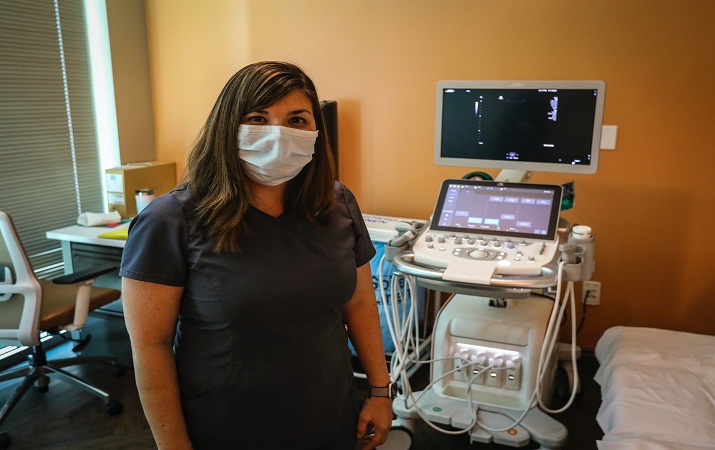Many engineering structures including buildings, pipelines, and rails, among others, require periodic testing to prevent catastrophic failures that can occur due to corrosion, impact, and strain. High-frequency sound waves that travel in the bulk (bulk ultrasound) are widely used for non-invasive and non-destructive testing of structural materials.
However, conventional bulk ultrasonic inspection is tedious and time-consuming, as it involves point-by-point assessment of structures, and this is especially challenging in large-scale assets. Although ultrasound-guided by features such as plates, bars, wires, pipes etc. is an attractive alternative, such ‘guided ultrasound’ is limited by resolution due to the relatively lower frequencies used.
Indian Institute of Technology Madras and University of Nairobi research
In breakthrough research addressing this pressing challenge, Indian Institute of Technology Madras and University of Nairobi researchers have used metamaterials to improve detection of defects in large structures by guided wave ultrasound.
The paper has been co-authored by Prof. Prabhu Rajagopal, Department of Mechanical Engineering, IIT Madras, and his collaborators at the University of Nairobi Dr. Michael Gatari, and John Birir, a PhD student they jointly guide as part of a ‘Joint Degree Programme.’
“This work has much promise for remote inspection in industry and biomedicine,” the researchers write in their recent paper. With this knowledge, the team is expanding the concept to detect different sizes and geometries of defects.
Role of ultrasound scans explained in medical diagnostics
Elaborating on this Research, Prof. Prabhu Rajagopal, Dept of Mechanical Engineering, IIT Madras, said, “The use of ultrasound scans in medical diagnostics is well-known and the principle remains the same for structural monitoring.”
Adding on, Prof. Prabhu Rajagopal said, “In conventional bulk ultrasound-based testing, the sound waves are sent into the sample, say pipe or pillar, perpendicular to the item, and a detector calculates the time interval between the transmission and reception of the sound waves that are either transmitted or reflected. Sound waves travel at a uniform speed if the object is defect-free, but defects impede or deflect sound waves, which results in delays in reception.”
Conventional ultrasound-based testing must be made at multiple regions of the test material and is therefore cumbersome to be used with large objects such as train tracks, oil-pipelines, and reinforcing structures of tall buildings, among others.
Technology of Guided Wave Testing (GWT)
This is where Guided Wave Testing (GWT) helps. In GWT, the sound waves are sent along the length of the structure rather than into the structure. This allows the waves to travel long distances. GWT has poorer resolution than conventional ultrasound-based testing due to diffraction limitations.
Thus, guided waves are only a long-range screening tool and must be used in conjunction with a testing tool with better resolution for accurate detection of defects.
What are Metamaterials?
Prof. Rajagopal and his research team used metamaterials to improve the resolution of guided ultrasound waves. “Metamaterials are artificially crafted materials with unique internal microstructures that give them properties not found in nature, explains Dr. Rajagopal.
The constituent artificial units of the metamaterial can be tailored in shape, size, and interatomic interaction, to exhibit unusual properties,” explained Prof. Rajagopal.
Acoustic metamaterials are useful in manipulating sound waves. The researchers used a metamaterial structure consisting of a series of periodically arranged channels.
With proper selection of channel size, length, and periodicity of the metamaterial, the evanescent waves arising from scattering by a defect can be magnified by a process called FabryPérot resonance.
Resonance is a phenomenon in which a wave, in this case, the ultrasound wave, is amplified due to a match in frequency between the wave and the frequency generated by the metamaterial.
Courtesy: India Today
Follow us on Facebook, Twitter, LinkedIn
